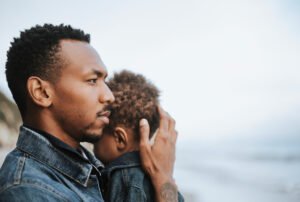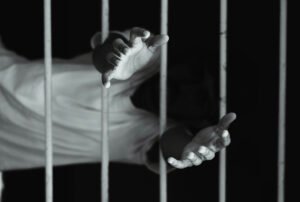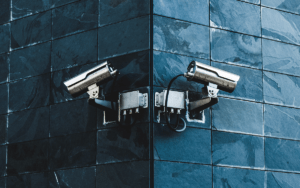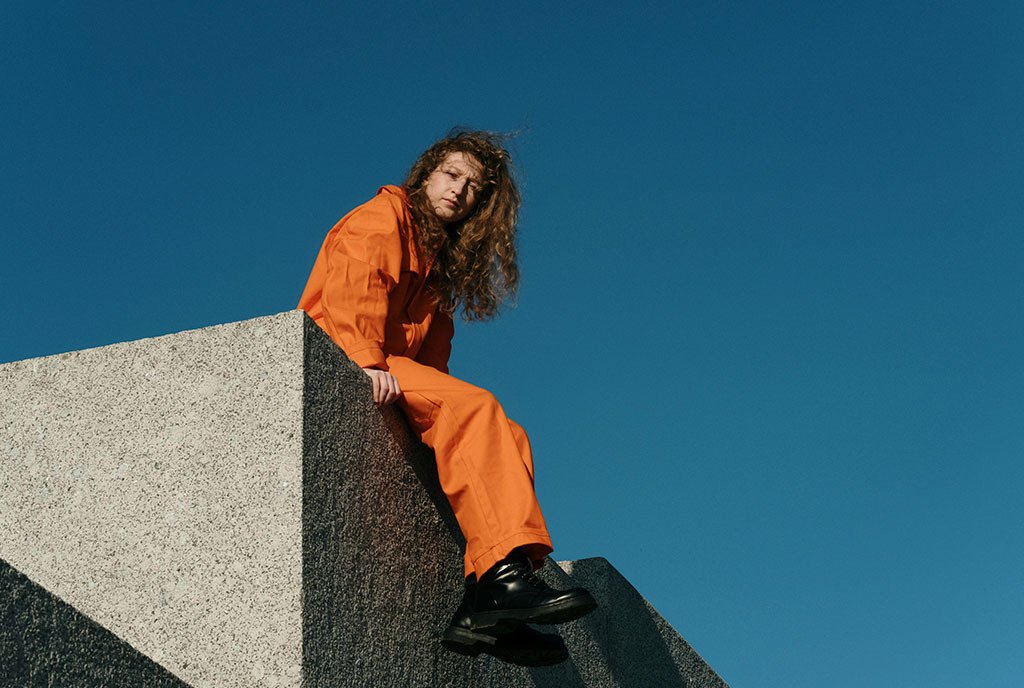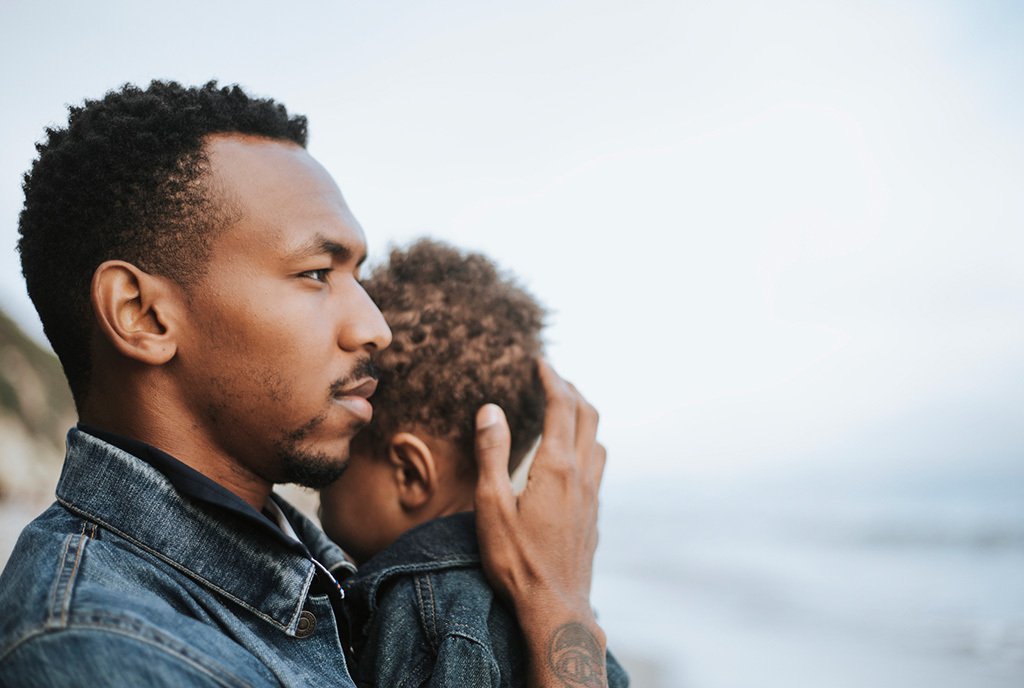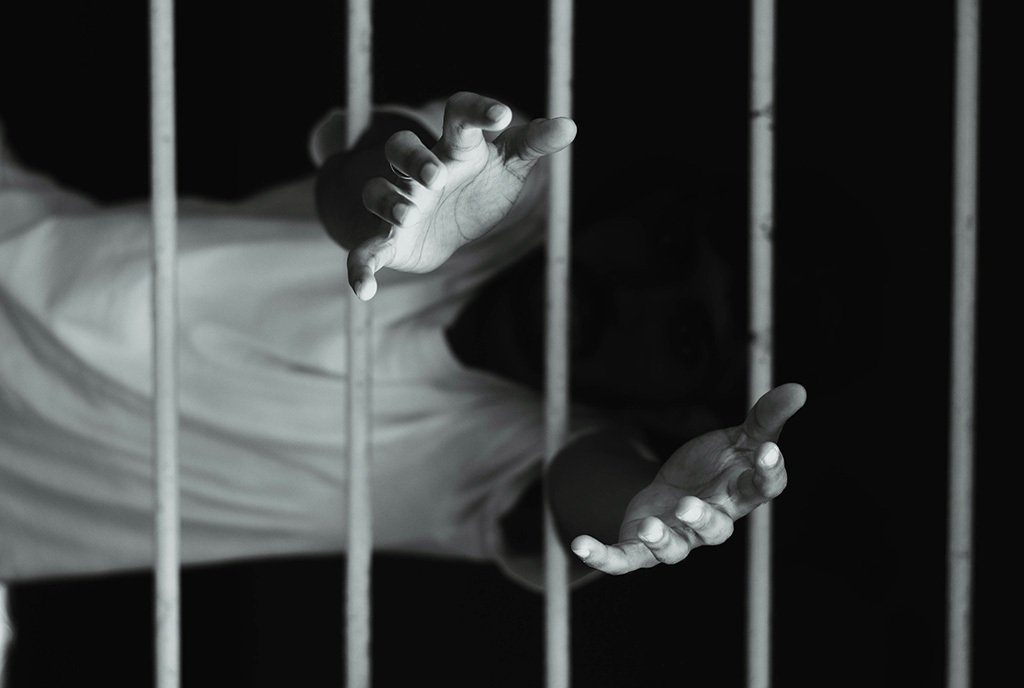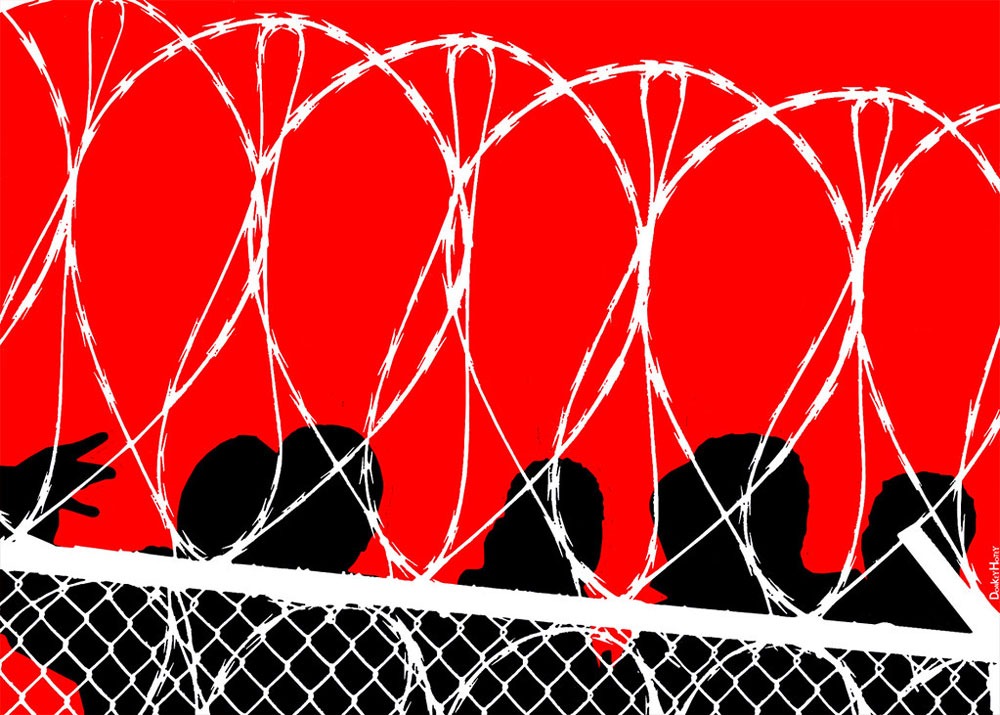
The US has often been portrayed as a land of freedom and individual rights. But the nation’s prison system highlights the fantastical nature of this reputation. Incarceration in the US is far-reaching and notoriously cruel; as of 2019, the US had the highest incarceration rate in the world, one that’s five to 10 times higher than that of other industrialized countries, according to the Equal Justice Initiative. It’s also worth noting the country’s recent history in this regard: US imprisonment increased 700 percent between 1972 and 2009, a product of the racist implementation of a so-called “war on drugs” that Michelle Alexander aptly labeled the “New Jim Crow.”
Throughout 2020, both the novel coronavirus pandemic and the summer of racial uprisings threw into sharp relief the effect these high imprisonment rates have in the US. Those who are Black, Indigenous, or People of Color (BIPOC) constitute a vast majority of those incarcerated, and people in prison are far more likely to contract the deadly coronavirus. If the US wants to advance racial equity and curb COVID-19, decreasing the prison population needs to be a core strategy.
Unfortunately, despite widespread talk of reform, imprisonment rates have only fallen slightly in the past decade. According to The Sentencing Project, the number of people incarcerated in the US fell only 11 percent over the past 10 years, leaving 1.4 million people behind bars, after reaching an all-time high of over 1.5 million in 2009. At that rate, the US will have only halved the prison population by 2078, leaving its incarceration rate far higher than most other nations across the globe.
This is unacceptable. NPQ has previously covered the link between incarceration and homelessness, in which an individual’s likelihood of experiencing homelessness is directly correlated to serving time in prison. What’s more, the increase in economic inequality in the US—including the racial wealth gap—has been linked to increases in incarceration; according to The Brennan Center, those who serve time are likely to see a 52-percent reduction in annual income. This is to say nothing of the social and emotional toll that prison has on imprisoned people, their communities, and their families, especially their children. As Eric Martin writes for the National Institute of Justice, “Children whose parents are involved in the criminal justice system, in particular, face a host of challenges and difficulties: psychological strain, antisocial behavior, suspension or expulsion from school, economic hardship, and criminal activity.”
As many in the US consider what racial equity requires, it bears keeping in mind that, reform rhetoric notwithstanding, the negative cycle of incarceration continues to ravage primarily Black and Brown communities. It is clear that any attempts at solving systemic racism must include decarceration on a massive scale.
The COVID-19 pandemic has only increased the urgency of the situation, as prisons have been hotbeds for the virus throughout the pandemic. The Marshall Project, which has been covering the spread of the novel coronavirus in prisons, reports that nearly 380,000 incarcerated people have tested positive for the virus, which works out to more than one in four incarcerated people nationally—about three times the percentage of reported cases for the US population as a whole.
Of course, outbreaks in prisons endanger both those incarcerated and the communities where prisons are located. There have been nearly 102,000 confirmed cases of coronavirus among prison staff; staff then take the virus into their communities as they go about their lives outside of work. The widespread outbreaks of coronavirus in prison are not just a gross violation of the human rights of incarcerated people; they also constitute a general public health threat in a nation already struggling to curtail the spread of COVID-19.
Sign up for our free newsletters
Subscribe to NPQ's newsletters to have our top stories delivered directly to your inbox.
By signing up, you agree to our privacy policy and terms of use, and to receive messages from NPQ and our partners.
The situation in prisons did not and does not have to be this way. According to the Prison Policy Initiative (PPI), health officials issued warnings as early as March 2020 that incarcerated populations, with their high-density living quarters and high rates of pre-existing conditions, would be especially vulnerable to outbreaks. PPI has also reported that only about half of US states require prison staff to wear face masks while on the job, and even fewer require inmates to wear masks. (Although most states now provide face coverings to incarcerated people, there has been a lack of transparency around the quality and distribution of the face coverings provided.) With no way to practice social distancing and poor adherence to masking guidelines, those serving time are put at risk daily.
Advocates have seized on this moment to call for vast reductions in the prison population. In May 2020, a group of doctors penned an opinion article for the New England Journal of Medicine arguing that decarceration was the best option for avoiding a public health crisis within prisons. They called for the immediate release of “as many people as possible, focusing on those who are least likely to commit additional crimes, but also on the elderly and infirm,” as well as “urging police and courts to immediately suspend arresting and sentencing people, as much as possible, for low-level crimes and misdemeanors.” Prioritizing the safety of our incarcerated neighbors, they argued, is vital to maintaining public health for all.
Some local governments have followed this advice; last spring, cities and states freed 170,000 individuals from jails and prisons, with some cities now considering how to make their progress permanent. Reuters has gathered data on cities across the US that are finding ways to decarcerate and keep jail and prison cells empty. In 2020, Reuters estimates that the number of people incarcerated in the US fell 11 percent—roughly as much as in the previous 10 years.
Although COVID-19 has had a devastating effect on incarcerated populations, it has also served as a catalyst for much-needed change. Even though the support of public health officials lent legitimacy to the cause, efforts toward decarceration would not have happened—or happened so quickly—without the tireless work of activists to release incarcerated people and gain public support.
The racial uprisings of the past summer are another driver of change—one major demand of activists was abolition of the US justice system in its current form—including the abolition of prisons. Newly activated supporters raised millions of dollars for local bail funds across the nation to keep people out of jail. Racial justice organizers are helping everyday people see how their support can literally mean the difference between freedom and imprisonment.
In her op-ed for the New York Times, organizer Mariame Kaba argues for the immediate defunding of police departments and reminds us to consider the past as we look toward a decarcerated future: “History is instructive, not because it offers us a blueprint for how to act in the present but because it can help us ask better questions for the future.” She also offers her vision of a brighter future: “People like me who want to abolish prisons and police,” she notes, “have a vision of a different society, built on cooperation instead of individualism, on mutual aid instead of self-preservation. What would the country look like if it had billions of extra dollars to spend on housing, food and education for all?”—Tessa Crisman



